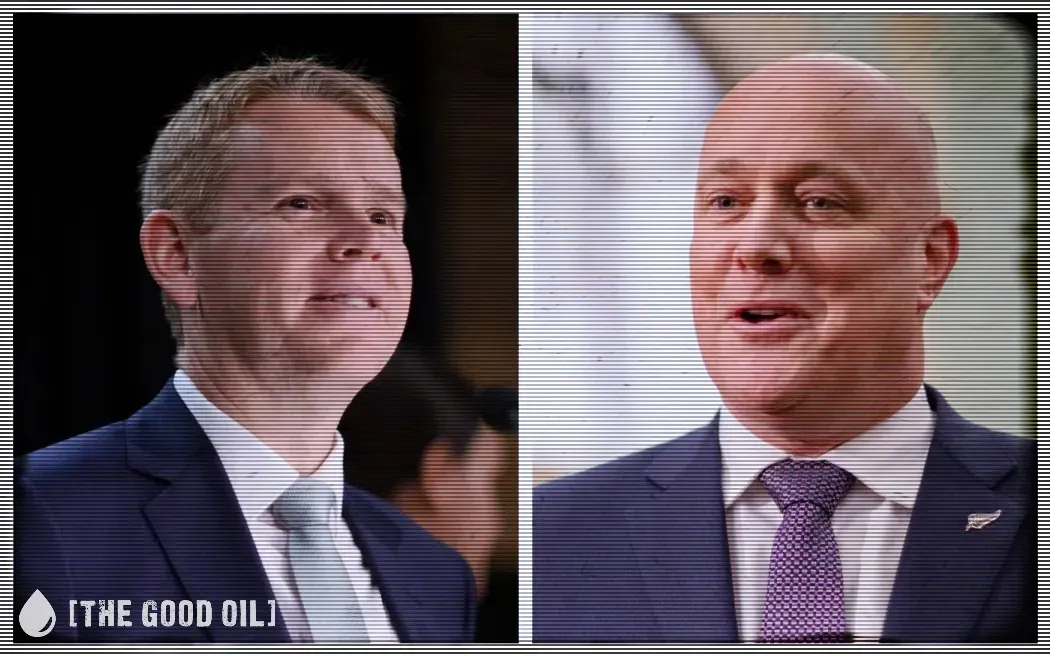“Climatology” is a curious scientific discipline. In fact, both ‘scientific’ and ‘discipline’ seem altogether generous.
For a start, it’s a mish-mash of multiple fields, from chemistry and geology, to biology and statistics. Unfortunately, its practitioners too often seem to be jacks of all trades and masters of none. Famously, the investigation into the “Climategate” email leaks pointed out that, for a discipline so heavily reliant on statistics, its leading practitioners were untrained and notably clueless regarding statistics.
The inherent ‘softness’ of “climatology” seems too often to be a feature, not a bug. Founding climatologist Stephen Schneider infamously promoted it as “post-normal science” – that is, where policy influence was a distant second to rigorous scientific truth-telling.
On the other hand, geology is a very ‘hard’ science, and, working as it so often does with the resources industry, it is highly incentivised to be as rigorous as possible. A mining company who loses massive amounts of money because a computer modeller ‘just reckoned’ there might be a large gold deposit somewhere would soon be looking for a new consultant.
Oddly enough, a geologists tend to be highly sceptical of the ‘climate emergency’ narrative.
John Frederick Dewey FRS is a British structural geologist and a proponent of the theory of plate tectonics … He is widely regarded as an authority on the development and evolution of mountain ranges. So says Wikipedia. And Prof Dewey emailed me yesterday:
“I am … retired from the Oxford Chair of Geology working mostly in tectonics and structural geology.
In other words, he’s used to dealing with hard facts from the real world, not the projections of computer approximations of reality.
“In recent years, I have been working on the geology and physics of climate and have come to the clear conclusion that climate change is at least 90% natural with only a very tiny contribution, if any, from anthropogenic CO2. As you correctly write, heat is mostly in the oceans and the atmosphere gains or loses heat mainly from the oceans as they warm or cool. The geological record shows, categorically that atmospheric temperature rise always precedes a rise of CO2, obviously derived by exsolution from the oceans.”
In a single paragraph, almost the entire Jenga tower of ‘Net Zero’ is sent teetering into oblivion. If humans contribute little to nothing to what is a natural phenomenon and ‘runaway global warming’ is a myth, then what’s the point of wasting trillions of dollars dismantling modern, industrialised society?
Ian Plimer is another highly awarded geologist who has little time for the climate alarmist narrative. As he points out, the geological record repeatedly humbles the hubris of activists who think they can change the weather.
For almost a century, geochemists have been making minerals and rocks in high-pressure high-temperature laboratory experiments. Water fluxes melting rocks and increases melt viscosity. By changing the water content, measuring geothermal gradients and melting rocks at different temperatures and pressures, we get a pretty good idea of what happens deep down in the Earth and way back in time.
Plimer uses the example of theories of granite formation succeeding one another to demolish the arrogance of ‘the science is settled’. The granite outcrops at Poolamacca Station on Campbells Creek, 50 km north of Broken Hill, are a particular window into the Earth’s deep past.
The tillite at Poolamacca contains rounded fragments of the underlying two-mica granite showing that the granite must have been exposed to the surface 700 million years ago during glaciation to enable moving ice to pluck and round granite boulders from the substrate and dump these boulders at the surface as ice sheets retreated.
Experimental mineralogy shows that dolomite can only form as a shallow marine mud when there is an exceptionally high atmospheric carbon dioxide content. Because dolomite was a universal rock type at that time and common at Poolamacca, it is concluded that the atmosphere contained at least 20 per cent carbon dioxide during glaciation yet our climate activists claim that a very slight increase from the current 0.04 per cent atmospheric carbon dioxide will create a global warming climate catastrophe.
As Plimer also points out, atmospheric carbon dioxide has been in long-term decline since the appearance of complex life on Earth 520 million years ago. Over such time scales, the Earth’s atmosphere can undergo radical change: the Great Oxygenation Event, which changed the Earth’s atmosphere from a poisonous mixture of mostly nitrogen and carbon dioxide to the relatively oxygen-rich air which supports life today, took a similar 400-odd million years.
Interestingly, it is also dubbed the “Oxygen Catastrophe”, “Oxygen Crisis” and “Oxygen Holocaust”. That’s because the new atmosphere was poisonous to the mostly anaerobic, microbial biosphere that had dominated life on earth for over a billion years. The mass extinction event cleared the evolutionary decks for the eukaryotic life that today includes all plants, animals – and us.
The great CO₂ crisis of the past half-billion years was, until recently, fast approaching levels at which plant life on Earth would have simply starved. The recent rise in atmospheric CO₂ that has the Climate Cult’s knickers in such a twist likely saved the plants. In fact, the Earth is rapidly greening, as grateful plant life rejoices in the relative abundance of CO₂ food.
Remind me again why we’re supposed to be so afraid?









